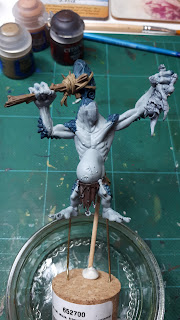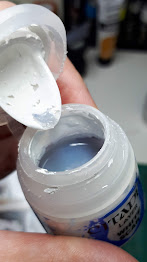Recommended Brushes

As miniature painters, we often get asked what are our favourite brushes. The ones I've always used and gone back to time and again are Rosemary & Co. They are a UK based company producing their own brushes, however, there are some countries they do not deliver to, so please check if they deliver to your country first before purchasing. Below is my recommended brush list, with a mixture of sable and synthetic brushes, depending on your preferences. If you are new to R & Co, I would recommend trying out the brush set first, as this is a good introduction to their range of brushes. I have an affiliate link here: https://www.rosemaryandco.com?u=LMASON2024 My affiliate code is: LMASON2024 Please enter the code in the coupon/affiliate code box at the shopping cart or checkout page. If you have any further questions regarding these, please do ask!



